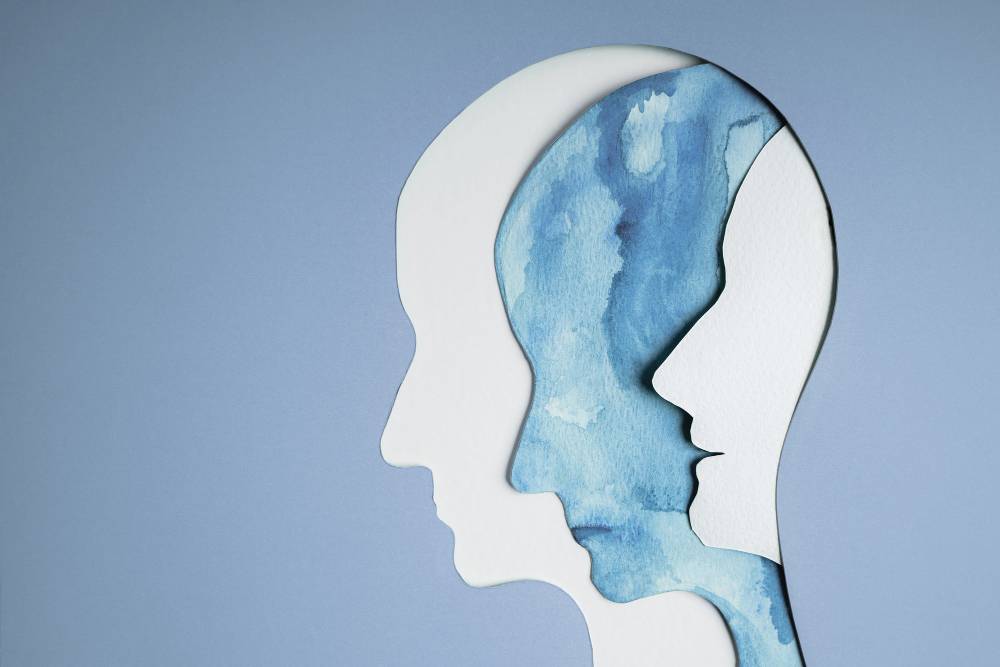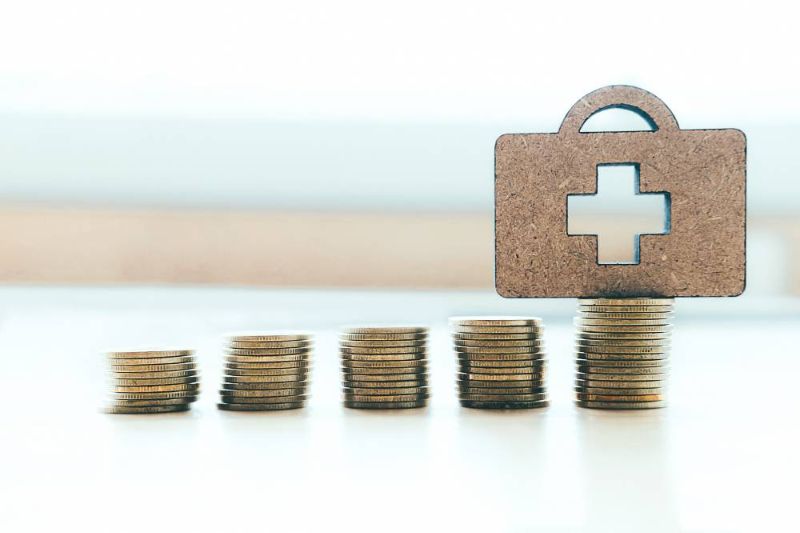Contribution of different NP parts to binding to heparin and the cell surface. Credit: Cell Reports (2025). DOI: 10.1016/j.celrep.2025.115512
A new study uncovers a surprising mechanism by which the SARS-CoV-2 virus, responsible for COVID-19, might cause immune-mediated tissue damage by targeting cells it has never infected.
Published in Cell Reports, the study demonstrates that the virus's nucleocapsid protein (NP), best known for its role in packaging viral RNA inside infected cells, is transferred to neighboring uninfected epithelial cells and attaches to their surfaces.
Once present on these otherwise healthy cells, NP is recognized by the immune system and is targeted by anti-NP antibodies, which mistakenly label the cells for destruction. This process activates the classical complement pathway, leading to inflammation and cellular damage that might contribute to severe COVID-19 outcomes and complications such as long COVID.
This research uncovers a surprising way in which the SARS-CoV-2 virus can misdirect the immune system, causing the attack of healthy cells, simply because they have been marked by a viral protein. Understanding this mechanism opens the door to new strategies for preventing immune-driven damage in COVID-19 and possibly other viral infections, which are a subject of the ongoing studies in the laboratories leading this research.
Surface-bound NP mediates classical complement activation through anti-NP antibodies (Abs) from COVID-19-recovered individuals. Credit: Cell Reports (2025). DOI: 10.1016/j.celrep.2025.115512
The researchers used laboratory grown cells, sophisticated imaging techniques, and samples from COVID-19 patients to understand how a specific viral protein, called the nucleocapsid protein attaches to healthy cells. They discovered that this protein sticks to certain sugar-like molecules found on the surface of many cells, called Heparan Sulfate proteoglycans.
When this happens, clumps of the viral protein form on these healthy cells. The immune system then mistakenly attacks these clumps using antibodies, which sets off a chain reaction that might damage the cells, both infected and healthy cells in the infected organism.
The researchers also found that the drug enoxaparin, a commonly used blood thinner, can block the viral protein from sticking to healthy cells. It does this by taking over the spots the protein would normally bind to, being a heparin analog. In both lab experiments and when samples obtained from patients were tested in the lab, enoxaparin stopped the protein from attaching to cells and helped prevent the immune system from mistakenly attacking them.
The study involved collaborative efforts of the laboratories of Dr. Alexander Rouvinski, Prof. Ora Schueler-Furman and Prof. Reuven Wiener, led by Ph.D. students Jamal Fahoum and Maria Billan from the Faculty of Medicine at the Hebrew University of Jerusalem. Clinicians Dr. Dan Padawer, Prof Dana Wolf and Dr. Orly Zelig and their team members from several departments at Hebrew University—Hadassah Medical Center provided the complementary clinical data necessary for this work. The authors dedicate the article to the memory of the late Prof. Hervé (Hillel) Bercovier, a gifted microbiologist, an inspiring scientist, and a great mentor
SARS-CoV-2 infection experiments essential for this research were performed in the recently established high biocontainment national laboratory, Barry Skolnick Biosafety Level 3 (BSL3) National Unit at the Core Research Facility at the Faculty of Medicine of the Hebrew University of Jerusalem.
More information: Jamal Fahoum et al, Transfer of SARS-CoV-2 nucleocapsid protein to uninfected epithelial cells induces antibody-mediated complement deposition, Cell Reports (2025). DOI: 10.1016/j.celrep.2025.115512 Journal information: Cell Reports





Post comments